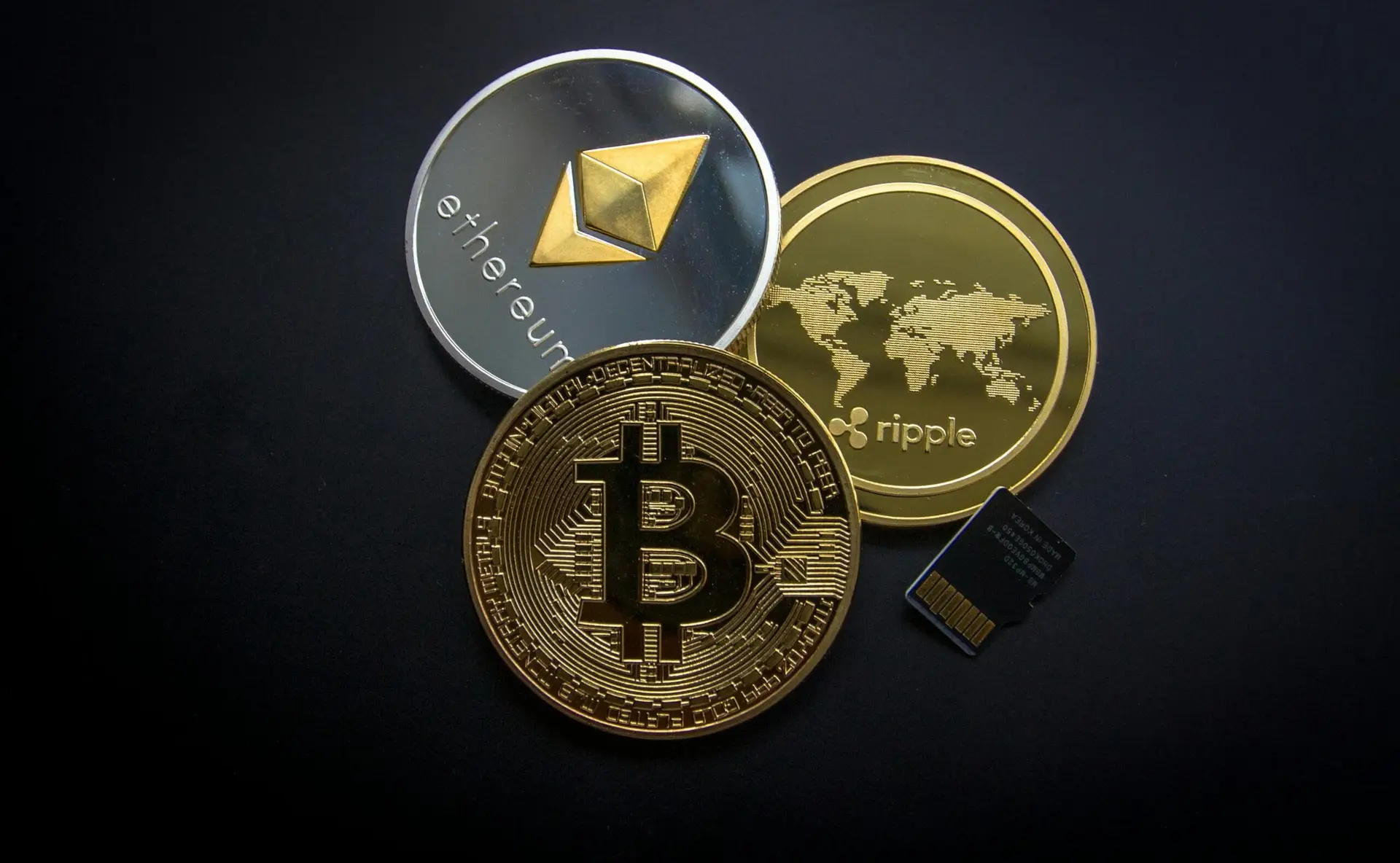Digital vs Traditional Currency: Understanding the Key Differences

In today’s evolving financial landscape, the distinction between digital currencies (particularly cryptocurrencies) and traditional currencies represents one of the most significant shifts in how we think about money. This guide explores the fundamental differences between these two forms of currency and why they matter in our increasingly digital world.
The Nature of Currency: Digital vs Physical
Traditional Currency
Traditional currency (also called fiat currency) refers to government-issued money that:
- Exists in both physical form (notes and coins) and digital records
- Derives value primarily from government decree and public trust
- Has been the dominant form of money throughout modern history
- Examples include the US Dollar, Euro, Japanese Yen, and British Pound
Digital Currency
Digital currency exists exclusively in electronic form and includes:
- Cryptocurrencies like Bitcoin and Ethereum (decentralized digital currencies)
- Central Bank Digital Currencies (CBDCs) issued by national banks
- Virtual currencies used within specific platforms or games
Seven Key Differences Between Cryptocurrencies and Traditional Currencies
1. Authority and Control
Traditional Currency:
- Centralized control by governments and central banks
- Monetary policies determined by appointed officials
- Supply can be increased through mechanisms like printing money
- Regulations enforced by governmental authorities
Cryptocurrencies:
- Decentralized governance with no single controlling entity
- Monetary policies typically predetermined by code
- Supply often has mathematical limits built into the protocol
- Community-driven development and decision-making
2. Transaction Verification
Traditional Currency:
- Transactions verified by trusted third parties (banks, payment processors)
- Verification processes largely hidden from users
- Settlement can take days, especially for international transfers
- Reversible under certain conditions
Cryptocurrencies:
- Transactions verified by distributed network participants
- Verification process transparent and visible on the blockchain
- Settlement ranges from minutes to seconds depending on the cryptocurrency
- Typically irreversible once confirmed
3. Accessibility and Inclusion
Traditional Currency:
- Requires bank accounts and formal identification
- Approximately 1.4 billion adults remain unbanked globally
- Access limited by geographic location and financial infrastructure
- Account approval subject to institutional requirements
Cryptocurrencies:
- Requires only an internet connection and a device
- Potentially accessible to anyone regardless of banking status
- No approval process or minimum requirements to participate
- Functions anywhere with internet connectivity
4. Privacy and Transparency
Traditional Currency:
- Transaction privacy depends on banking secrecy laws
- Financial information shared between institutions
- Limited public transparency into money flows
- Privacy primarily through institutional confidentiality
Cryptocurrencies:
- Pseudonymous transactions recorded on public blockchains
- Varying degrees of privacy depending on the specific cryptocurrency
- Complete transparency of blockchain transactions
- Privacy through pseudonymity rather than institutional confidentiality
5. Security Mechanisms
Traditional Currency:
- Fraud protection typically provided by financial institutions
- Security breaches handled through legal and administrative processes
- Trust based on institutional reputation and government backing
Cryptocurrencies:
- Security through cryptographic verification
- Protection through mathematical algorithms and distributed consensus
- Security breaches typically cannot be reversed or administratively corrected
- Trust based on cryptographic verification and code
6. Stability and Volatility
Traditional Currency:
- Generally stable over short periods
- Value managed through monetary policy
- Gradual inflation typically by design
- Trust established through institutional history and government backing
Cryptocurrencies:
- Often highly volatile in price
- Value determined primarily by market forces
- Inflation (or deflation) determined by protocol rules
- Trust still developing as the technology matures
7. International Transactions
Traditional Currency:
- International transfers require multiple intermediaries
- Subject to exchange controls and country-specific regulations
- Often involves significant fees and processing times
- May be restricted to specific countries or regions
Cryptocurrencies:
- Direct peer-to-peer international transfers
- Borderless by design with no regard for national boundaries
- Generally lower fees for international transactions
- Accessible globally without geographic restrictions
Similarities and Overlaps
Despite their differences, digital and traditional currencies share some common features:
- Both function as mediums of exchange for goods and services
- Both can serve as stores of value (though with different risk profiles)
- Both rely on user trust and collective agreement on their value
- Both are evolving toward more digital implementations
The Convergence: How Traditional and Digital Currencies Are Influencing Each Other
The line between traditional and digital currencies is increasingly blurring:
Traditional Systems Adopting Digital Features
- Faster payment systems being implemented by traditional banks
- Central Bank Digital Currencies (CBDCs) under development in many countries
- Increased focus on digital security and cryptography in traditional banking
- Greater transparency in traditional financial systems
Cryptocurrencies Adopting Traditional Features
- Stablecoins pegged to traditional currencies to reduce volatility
- Increasing focus on regulatory compliance among cryptocurrency projects
- Development of more user-friendly interfaces similar to traditional banking apps
- Integration with traditional financial infrastructure
Making Informed Choices
Understanding the differences between traditional and digital currencies allows you to:
- Diversify financial holdings based on your risk tolerance
- Choose the right tool for specific financial needs
- Prepare for future developments in the financial landscape
- Make informed decisions about adopting new financial technologies
Looking Forward
The relationship between traditional and digital currencies will likely continue to evolve:
Whether you’re considering using cryptocurrencies, interested in how money is evolving, or simply wanting to understand the changing financial landscape, recognizing these key differences provides essential context for navigating our increasingly digital financial future.
- Hybrid systems combining elements of both approaches
- Regulatory frameworks adapting to new financial technologies
- Technological innovations addressing current limitations
- Changing consumer preferences shaping currency development
Whether you’re considering using cryptocurrencies, interested in how money is evolving, or simply wanting to understand the changing financial landscape, recognizing these key differences provides essential context for navigating our increasingly digital financial future.


